Frozen shoulder is a condition that causes pain and stiffness in the shoulder joint, making it difficult to move your arm. The medical term for this condition is adhesive capsulitis. In this blog post, I’ll discuss the causes and symptoms of a frozen shoulder and chiropractic treatment options that can help alleviate the pain and discomfort associated with this condition.
Causes of Frozen Shoulder
The exact cause of frozen shoulder is not entirely understood. However, certain factors can increase the risk of developing this condition, including:
- Age: Frozen shoulder is more common in people over 40.
- Gender: Women are more likely to develop frozen shoulders than men.
- Medical Conditions: People with certain medical conditions such as diabetes, thyroid disorders, or cardiovascular disease are at a higher risk of developing a frozen shoulder.
- Injury or Surgery: An injury or surgery to the shoulder can lead to a frozen shoulder if the arm is immobilized for an extended period.
Symptoms of Frozen Shoulder
Frozen shoulder typically develops slowly and progresses through three stages:
- Freezing stage: This stage is characterized by pain and stiffness in the shoulder. This phase can last from six weeks to nine months. During this stage, the range of motion in the shoulder joint is limited.
- Frozen stage: In this stage, the pain may lessen, but the stiffness in the shoulder persists. The range of motion in the shoulder joint is severely limited, making it difficult to perform daily activities.
- Thawing stage: In the final stage, the range of motion in the shoulder joint begins to improve, and the pain and stiffness gradually subside. This stage can last from six months to two years.
Chiropractic Treatment Options for Frozen Shoulder
Chiropractic care can be an effective treatment option for frozen shoulders. Here are some of the chiropractic treatment options that can help alleviate the pain and discomfort associated with this condition:
- Soft tissue therapies: Soft tissue therapies such as massage, myofascial release, and trigger point therapy can help to reduce pain and inflammation in the shoulder joint. These therapies can also help to improve the range of motion and flexibility in the shoulder.
- Joint mobilization and manipulation: Chiropractic adjustments can help improve joint mobility and function, reducing pain and stiffness in the shoulder joint. This can also help improve circulation to the area, promoting healing.
- Therapeutic exercises: Chiropractors can prescribe specific exercises. These movements help improve the range of motion and strengthen the muscles in the shoulder joint. These exercises can help enhance overall shoulder function and reduce the risk of injury.
- Lifestyle modifications: Chiropractors can advise on lifestyle modifications. These include things such as proper posture and ergonomics to reduce stress on the shoulder joint. They can also recommend changes to your diet and exercise routine to promote overall health and wellness.
- Cold Laser Therapy: Chiropractors can utilize Class 4 Cold Lasers to promote blood flow and tissue healing in the damaged ligaments
If you are experiencing these symptoms and would like to find a solution, please CLICK HERE to schedule your first visit at our office Online Today.
If you’d like more info, please visit the Mayo Clinic’s website.

